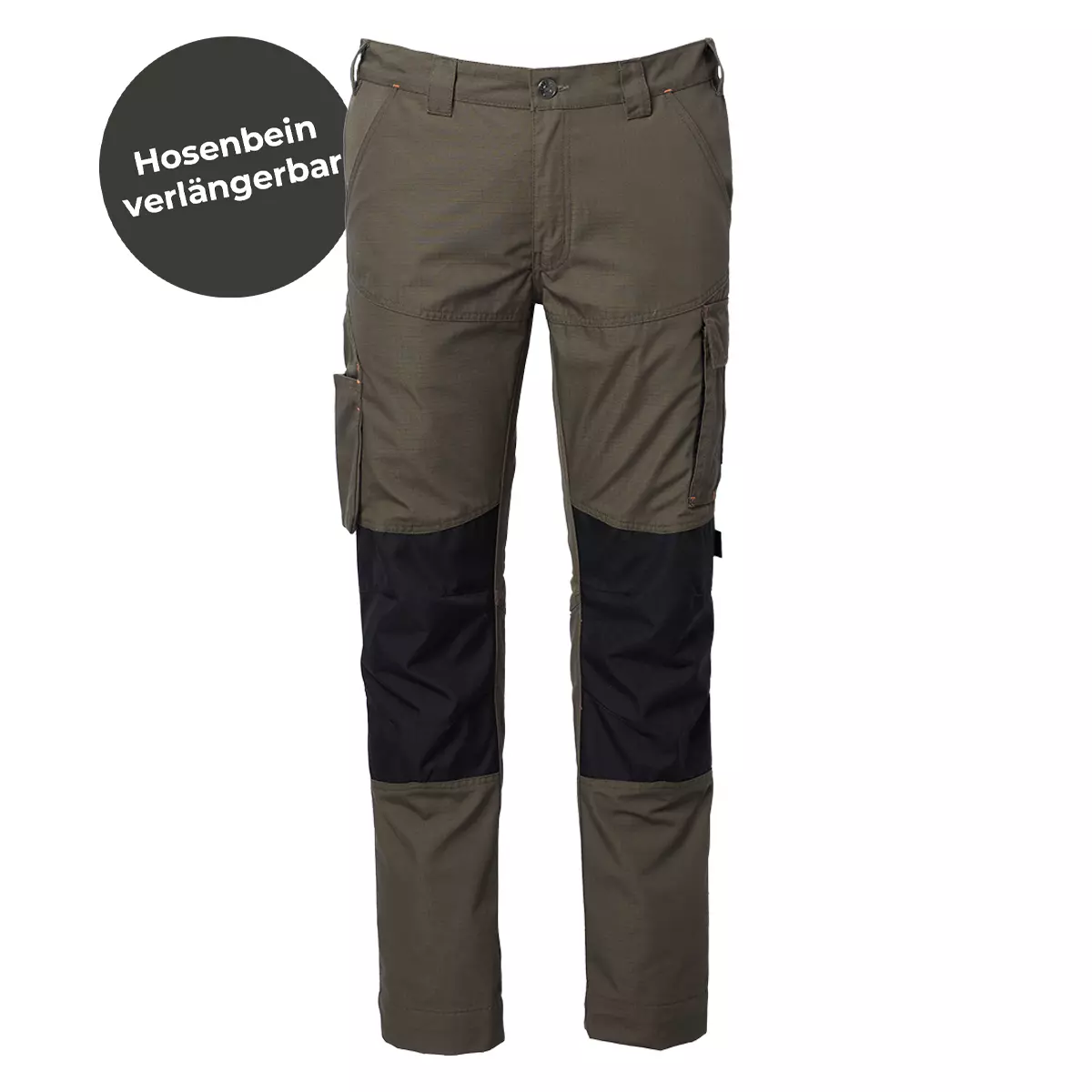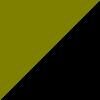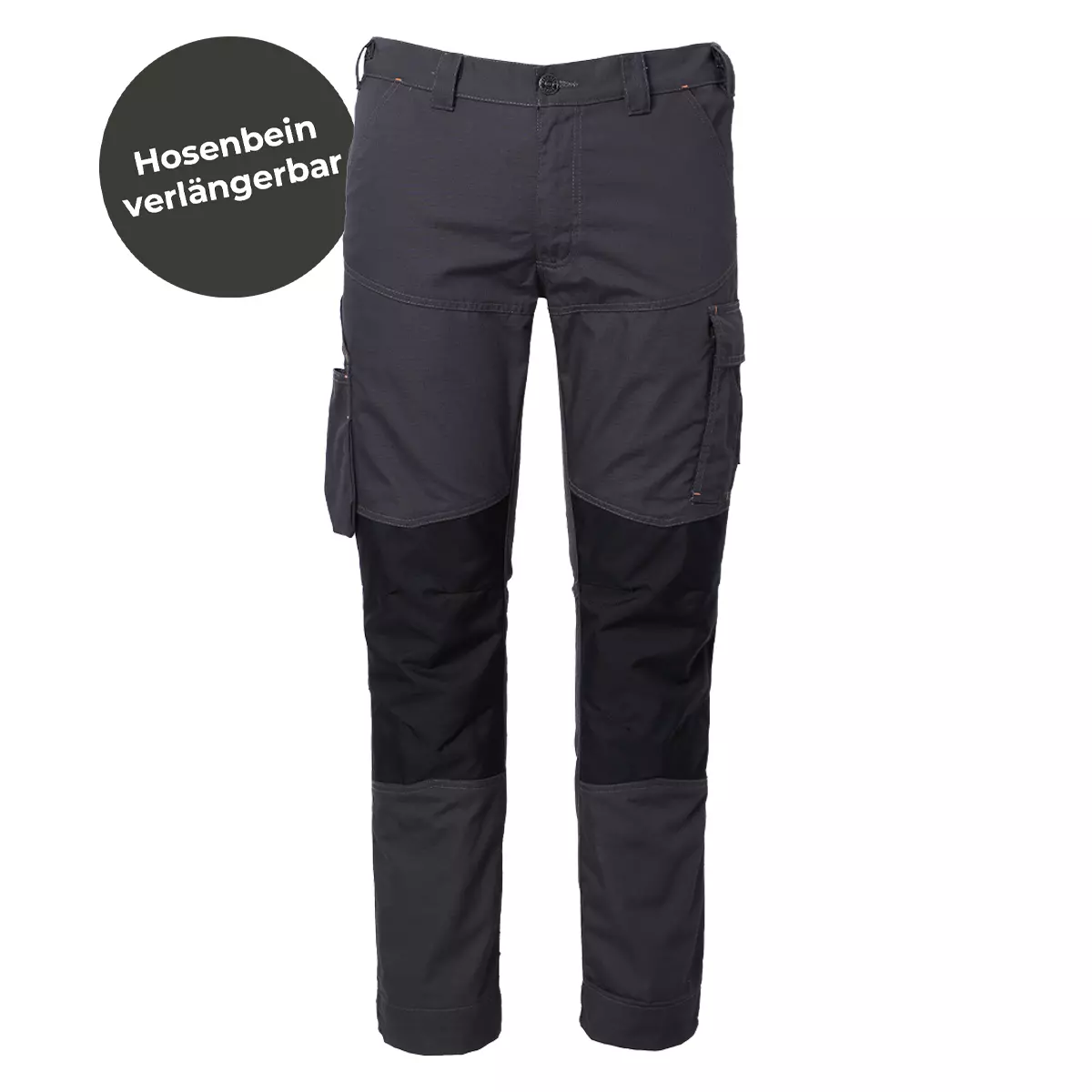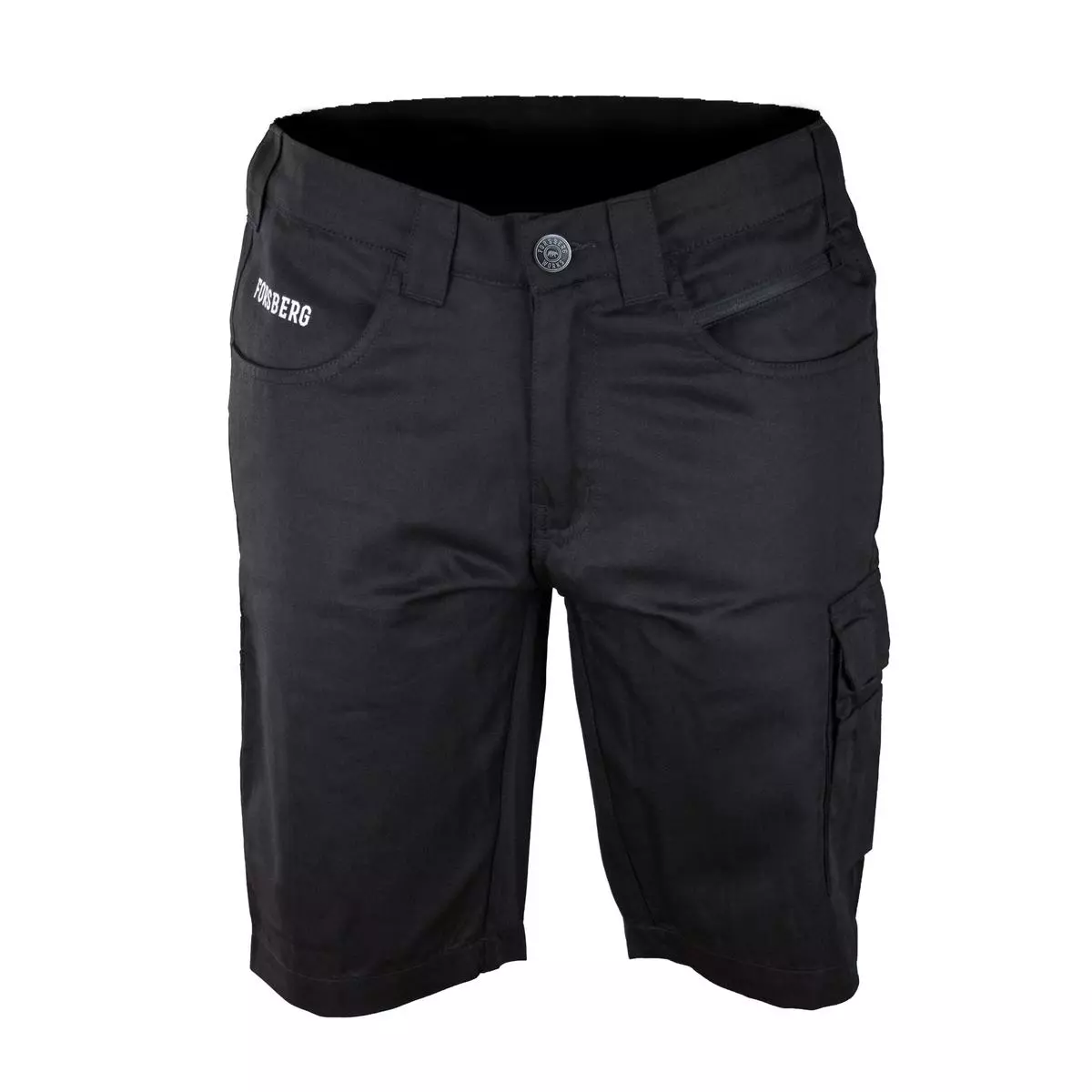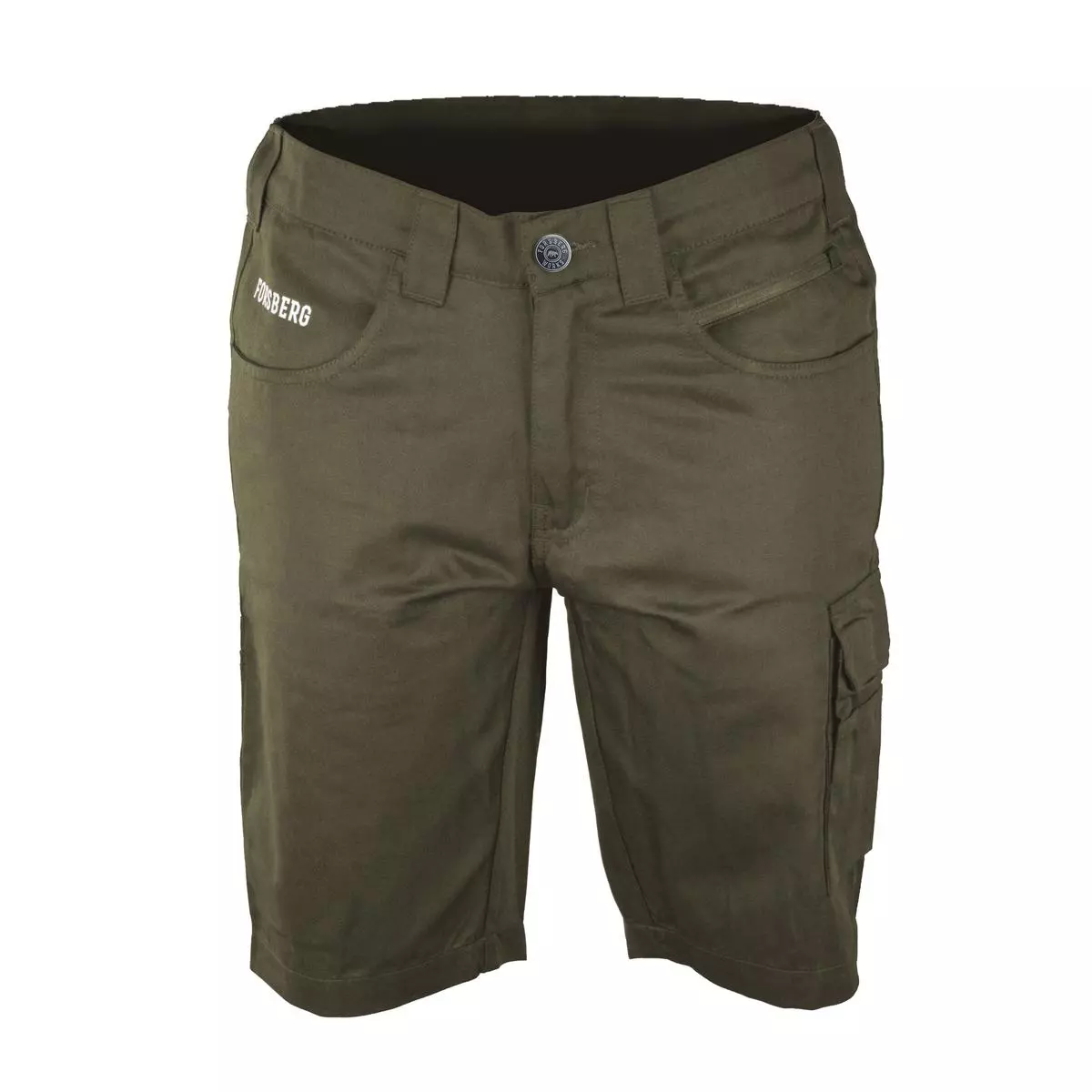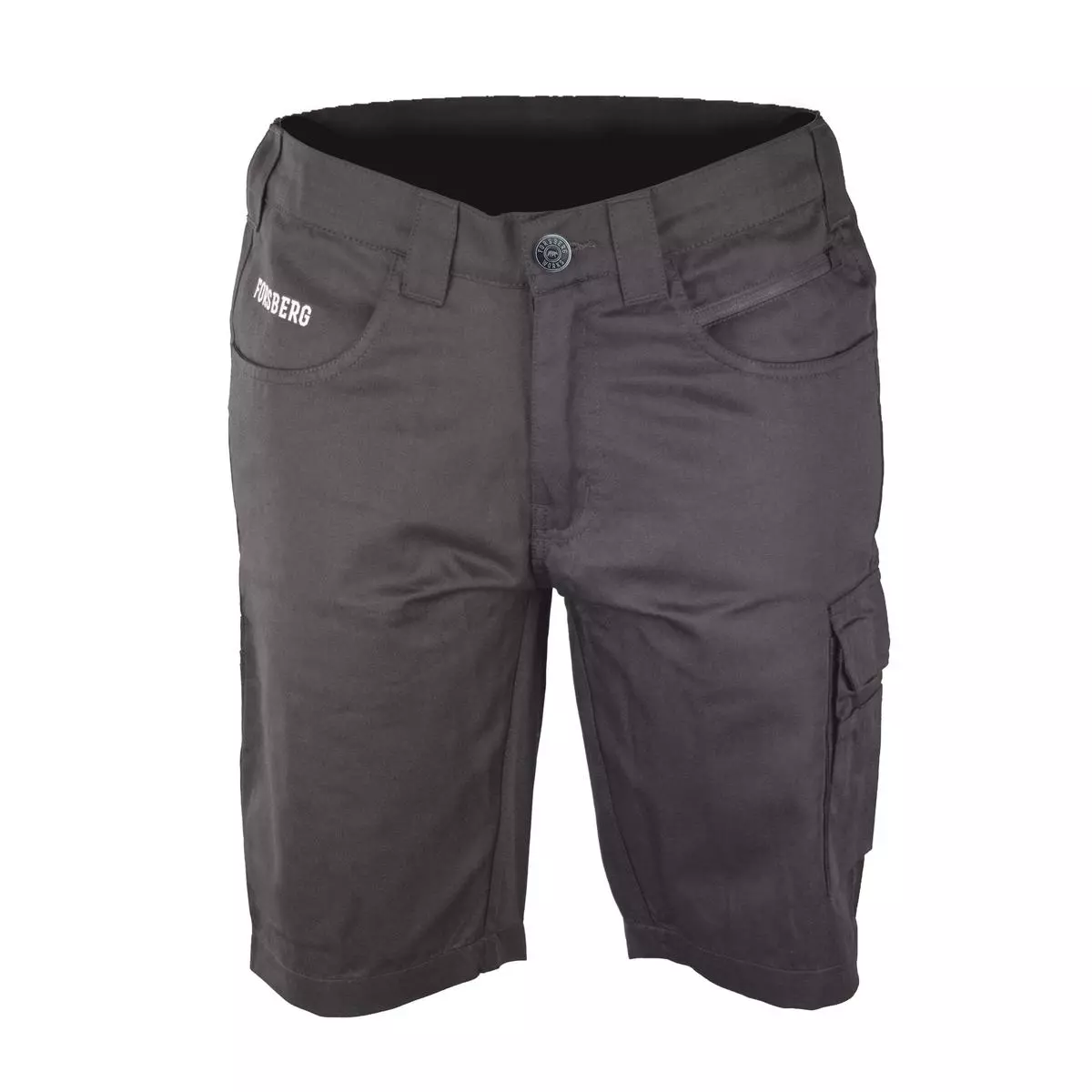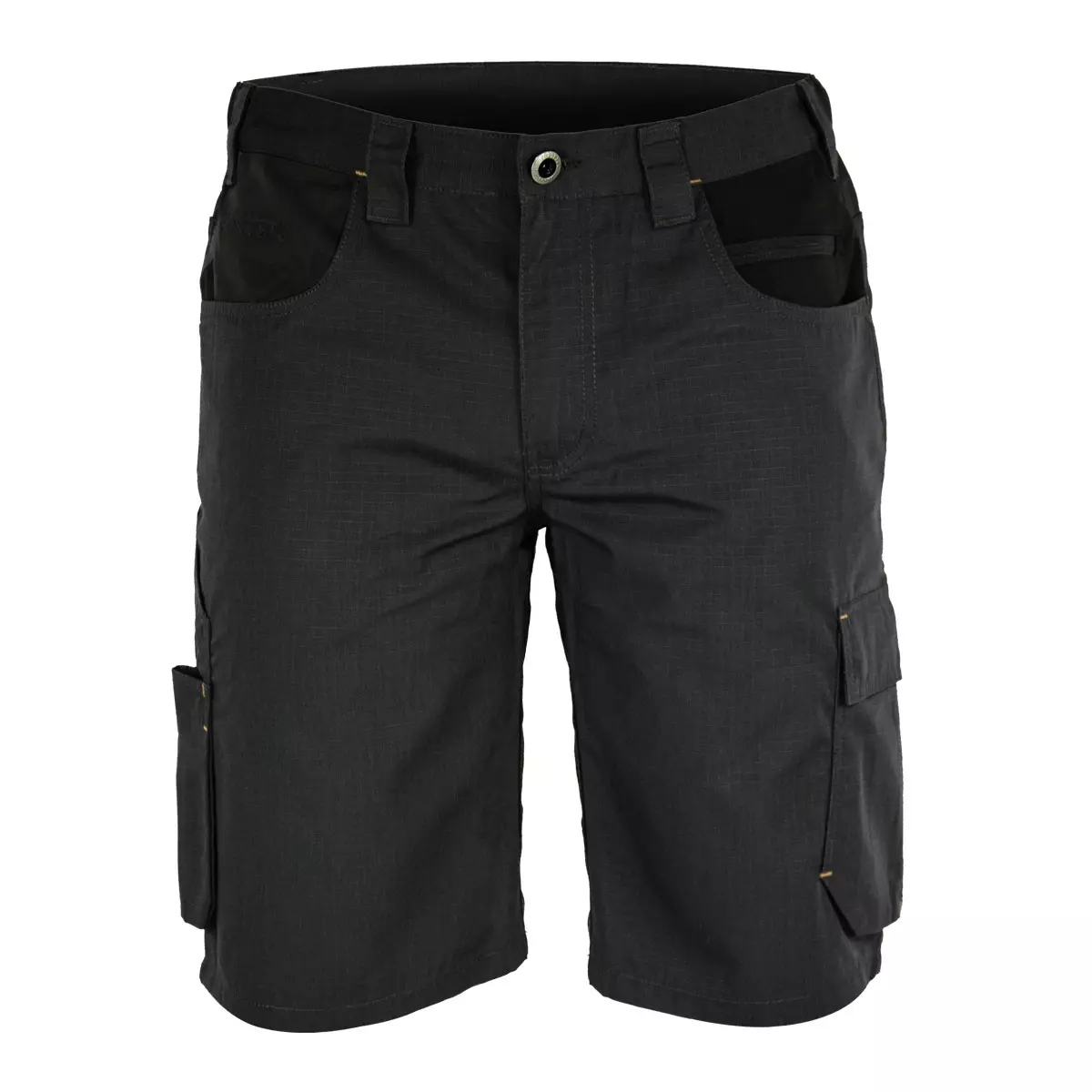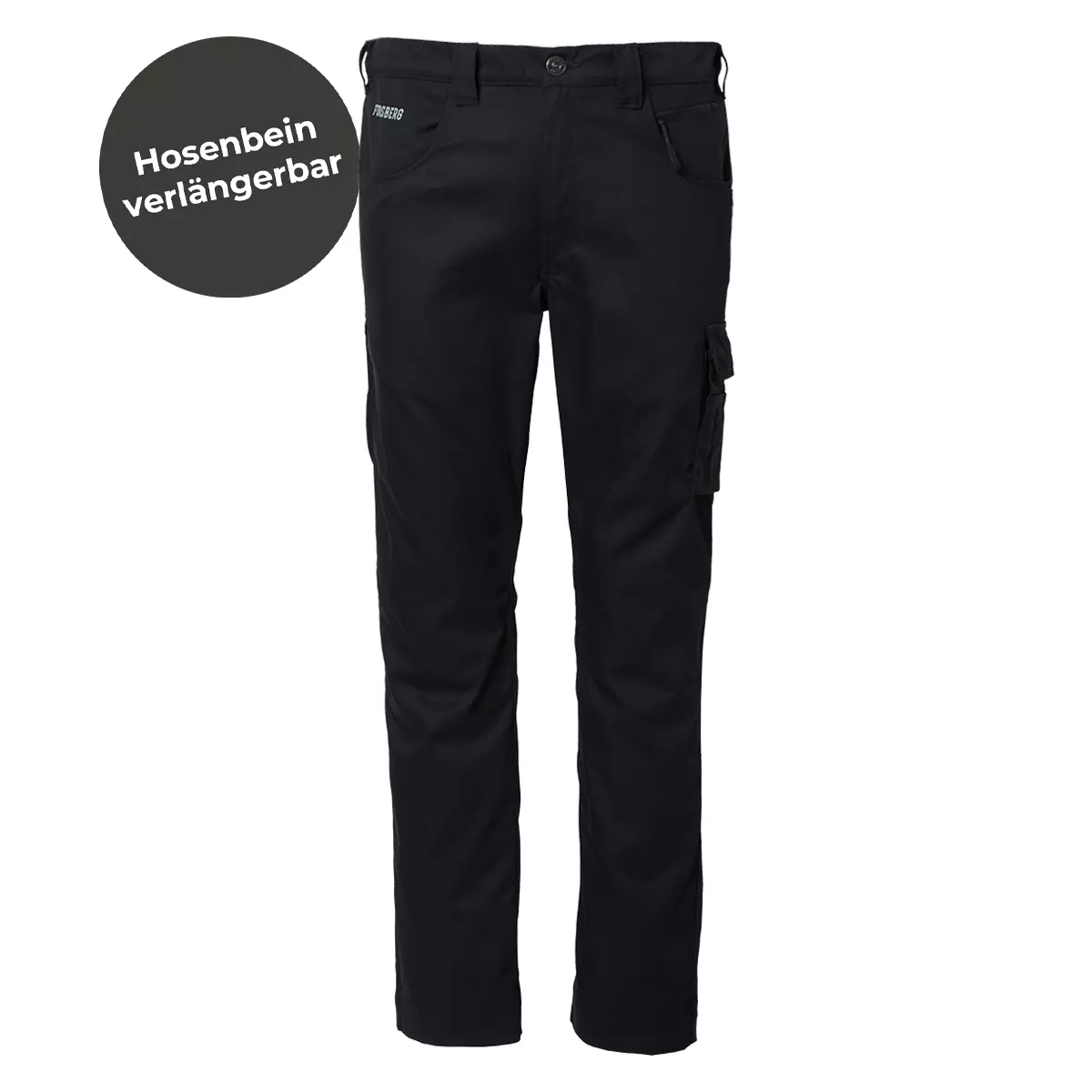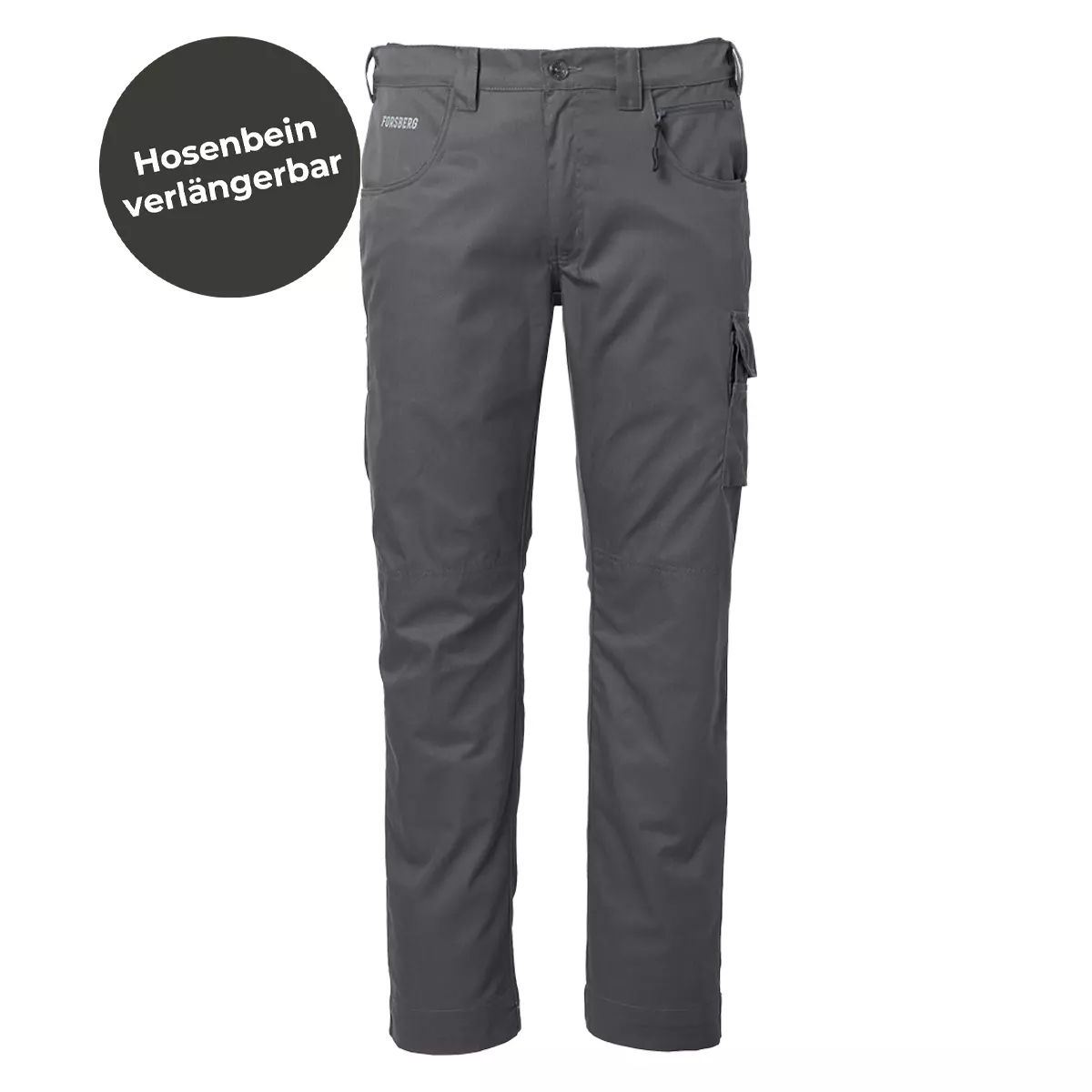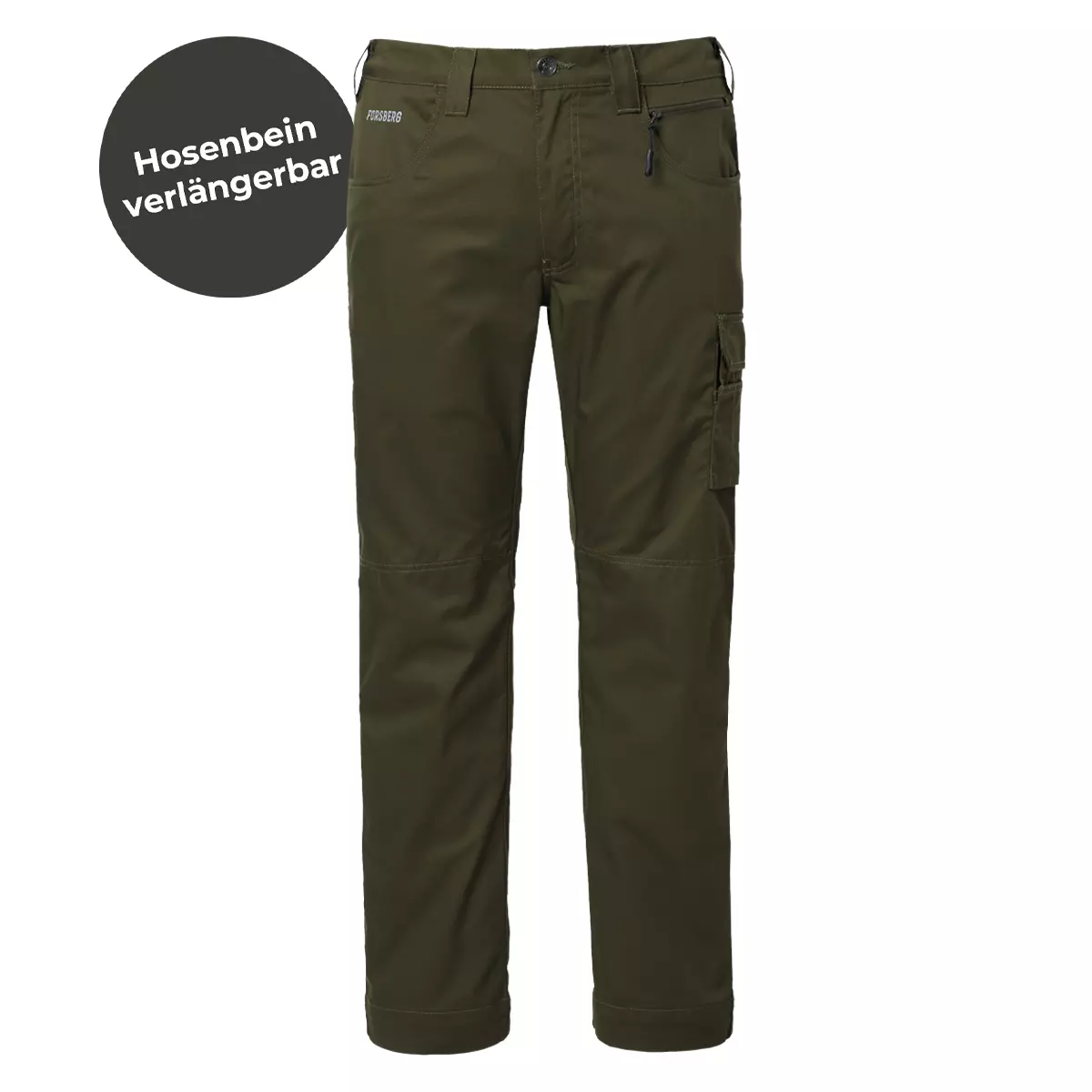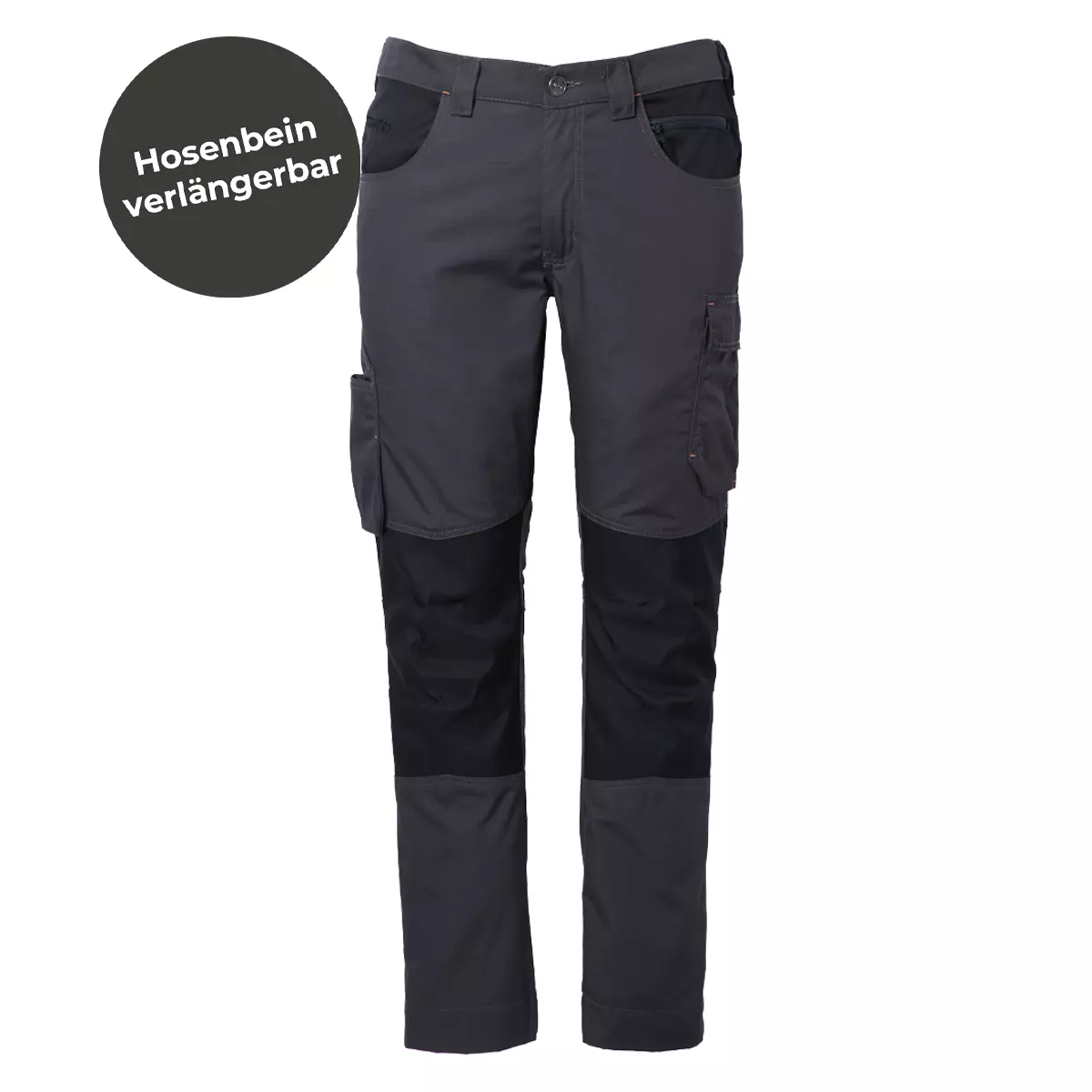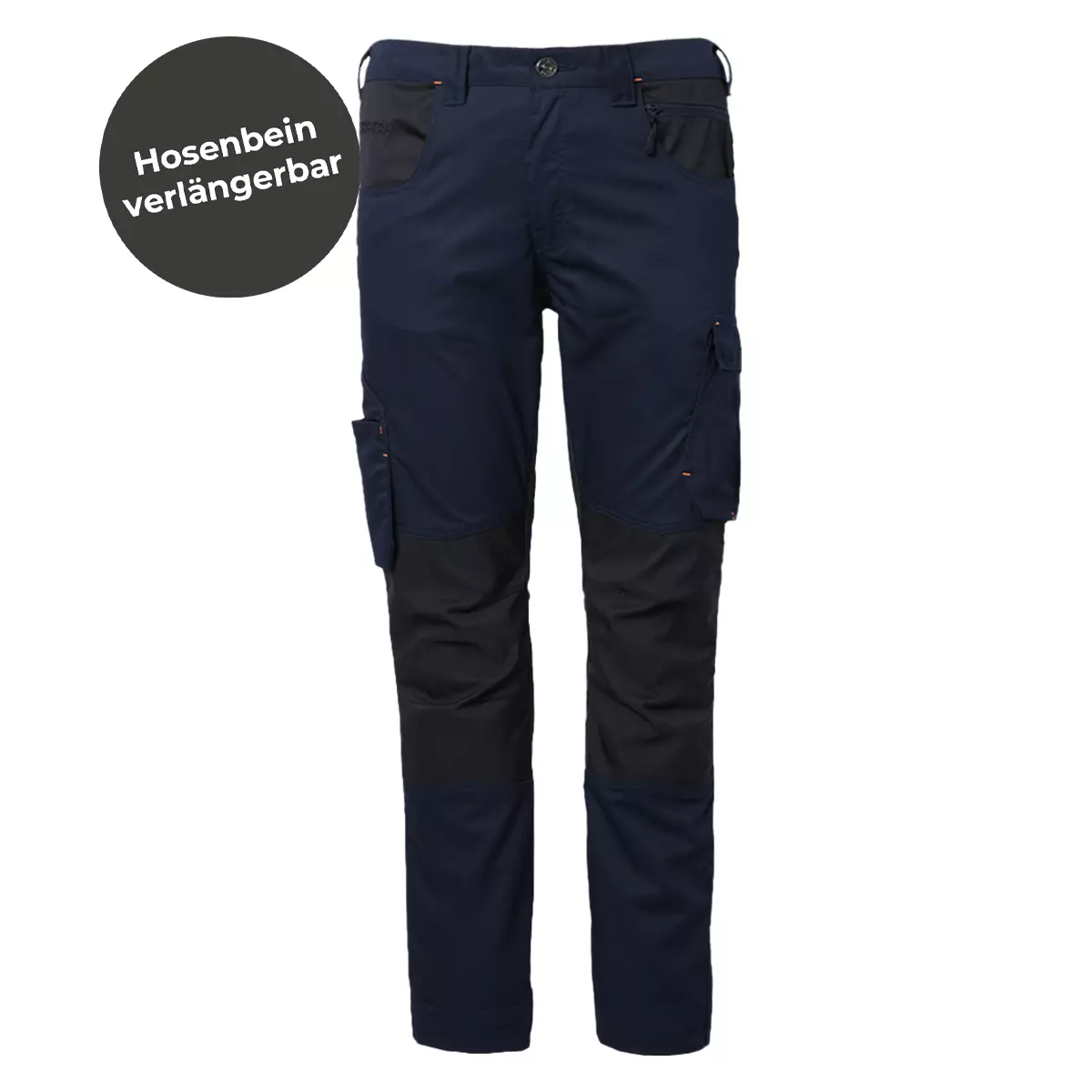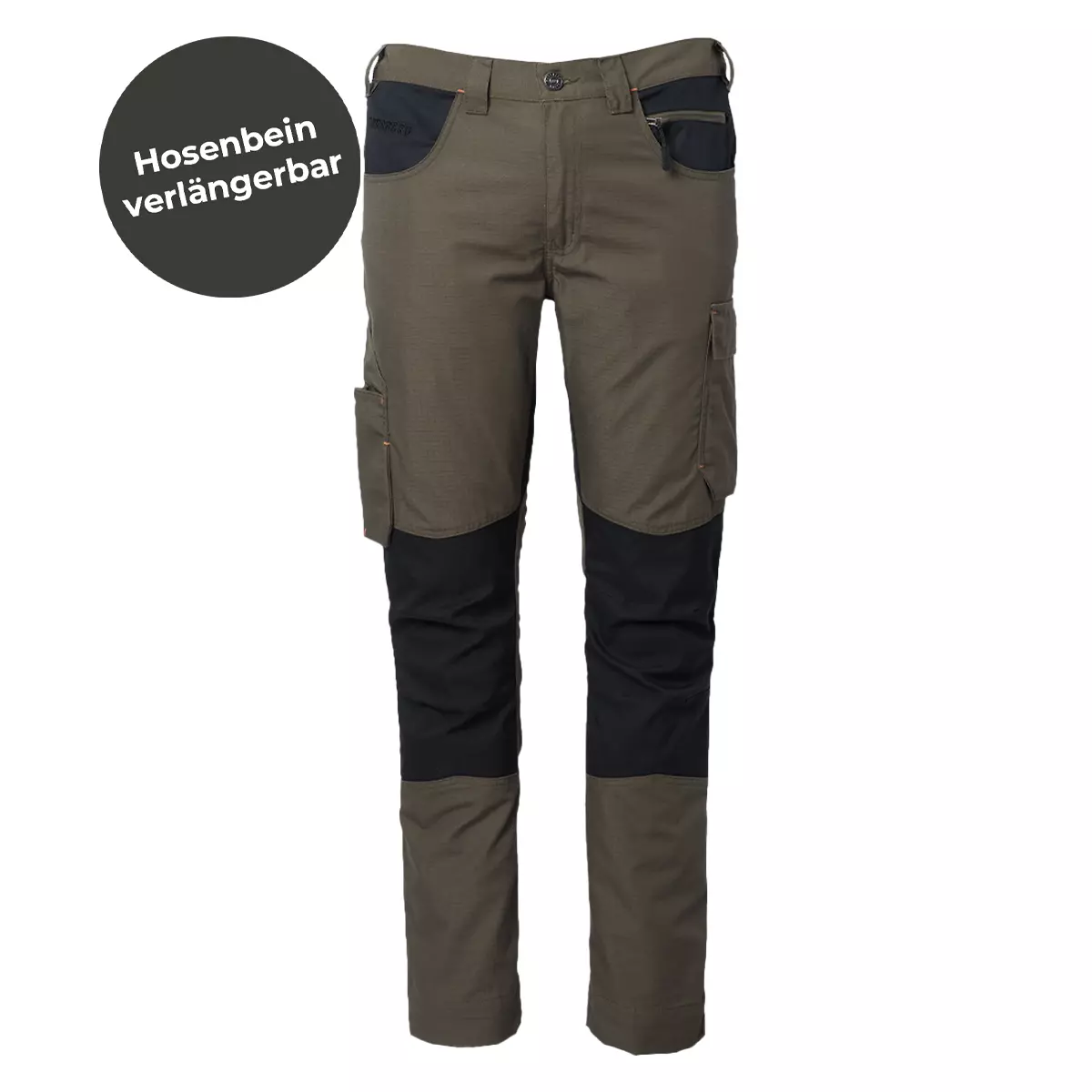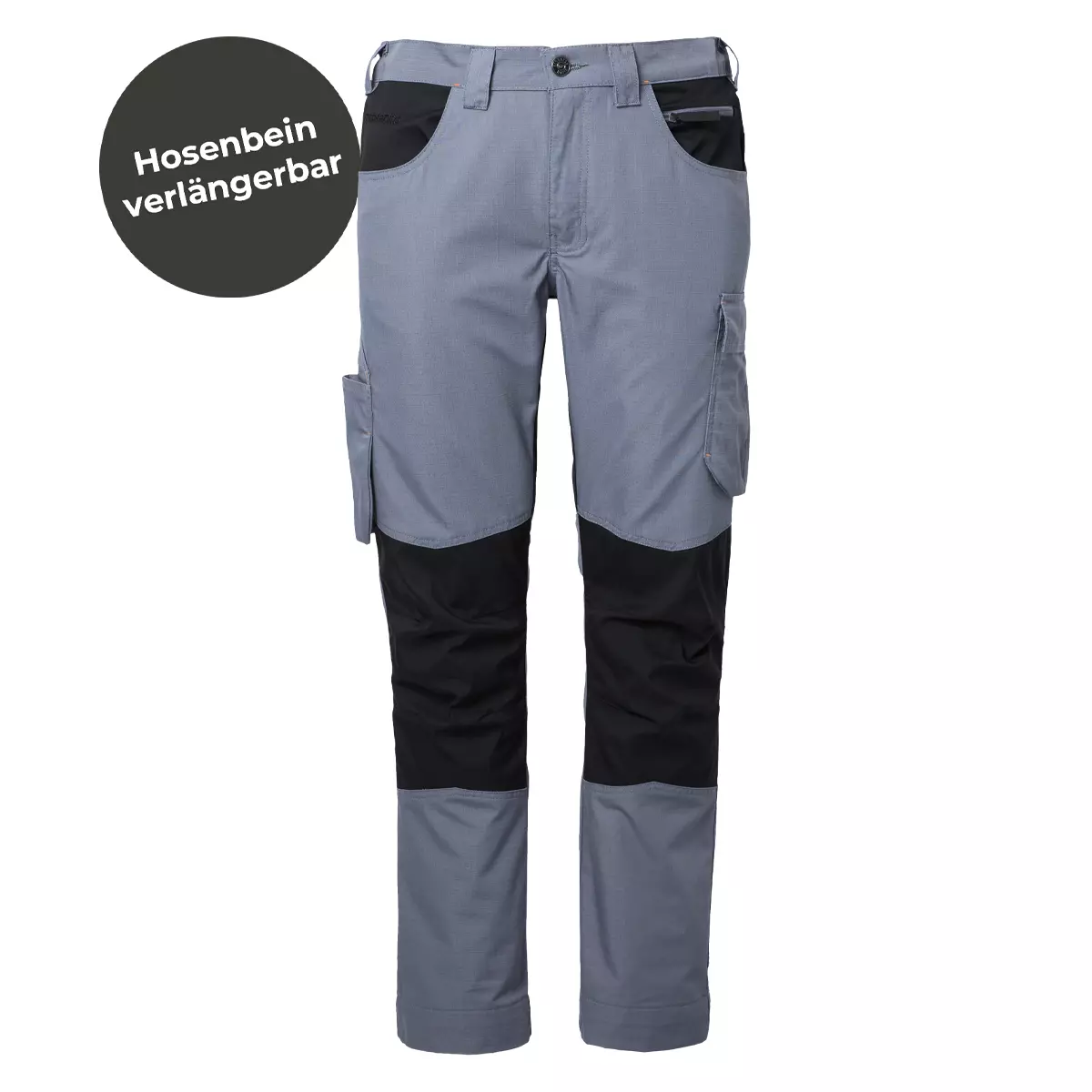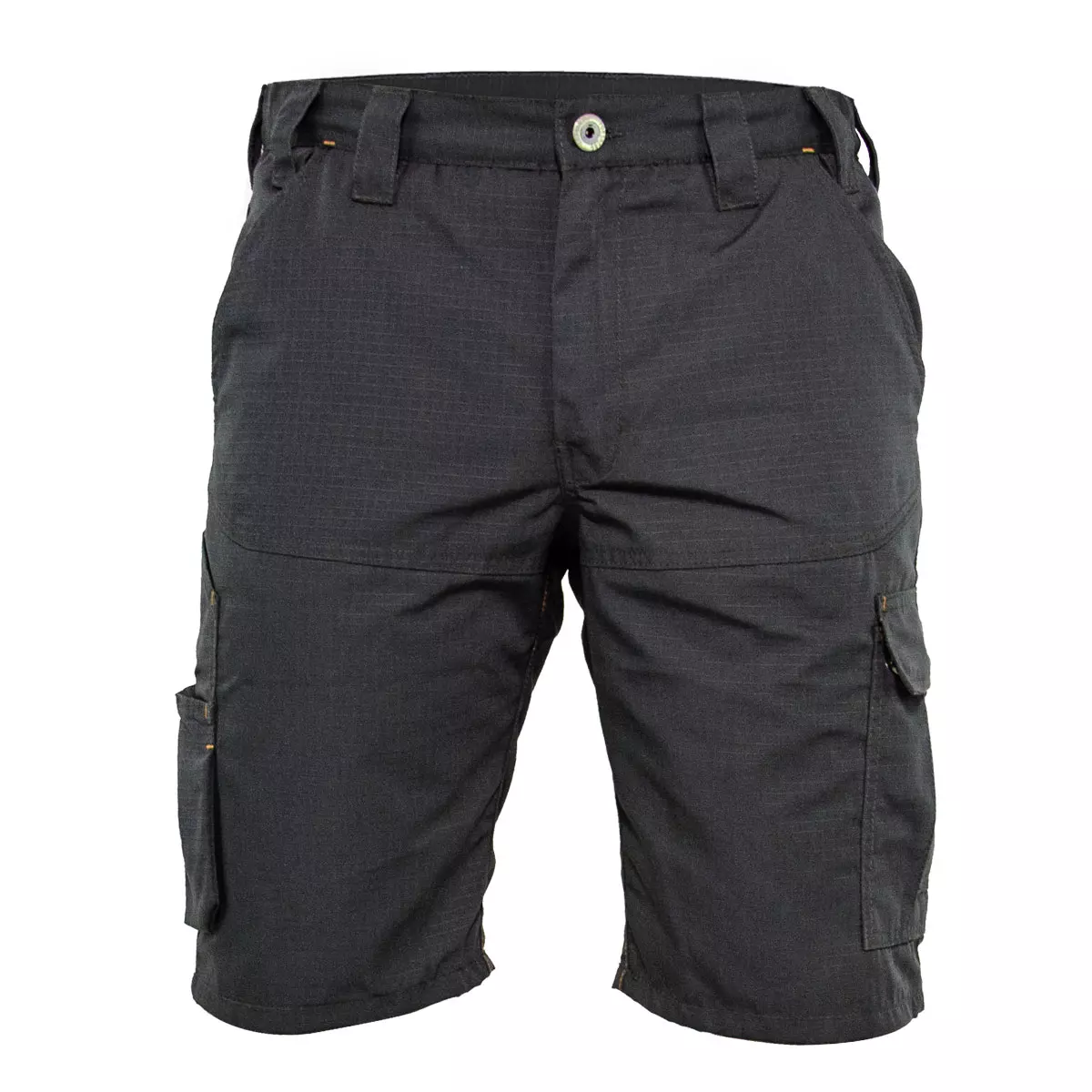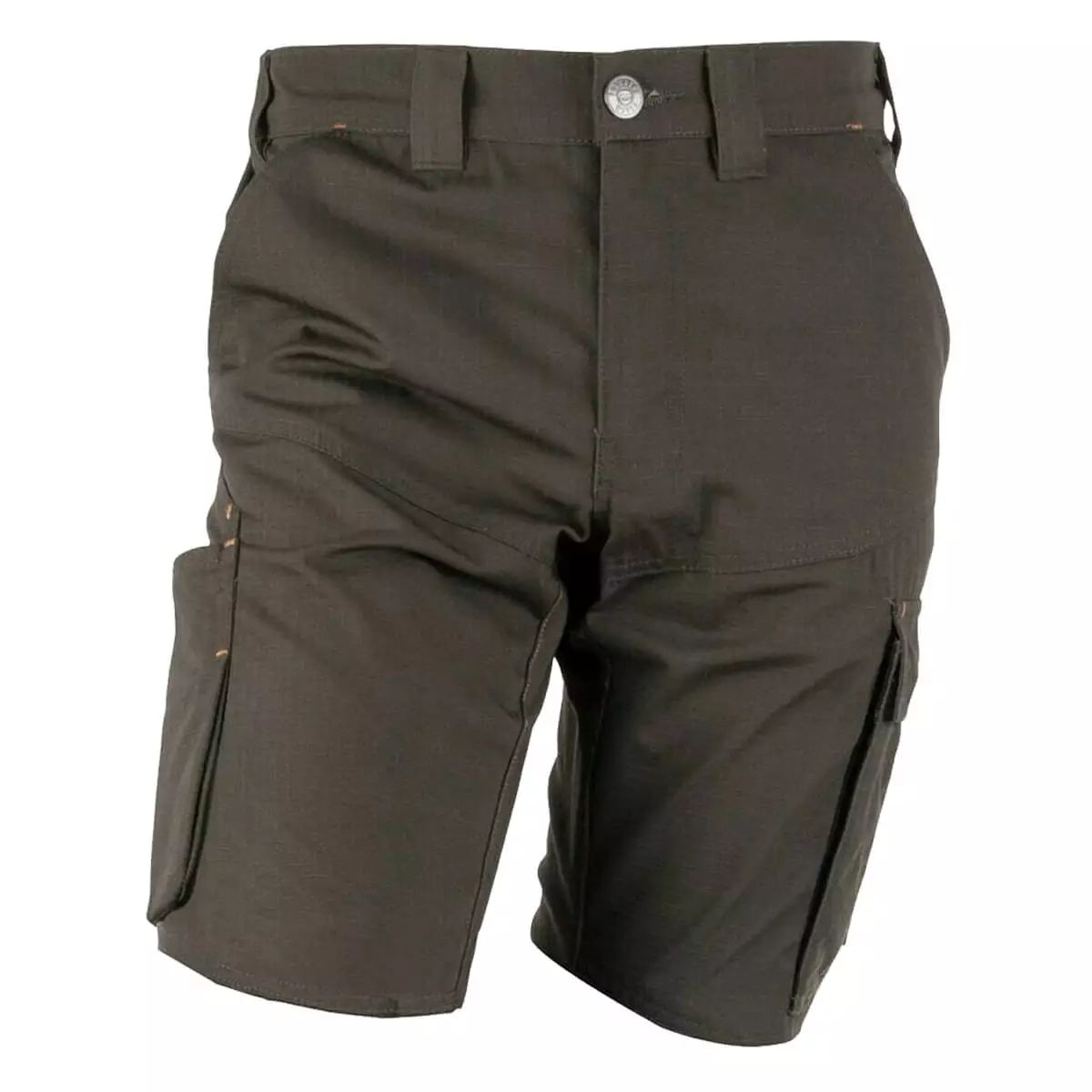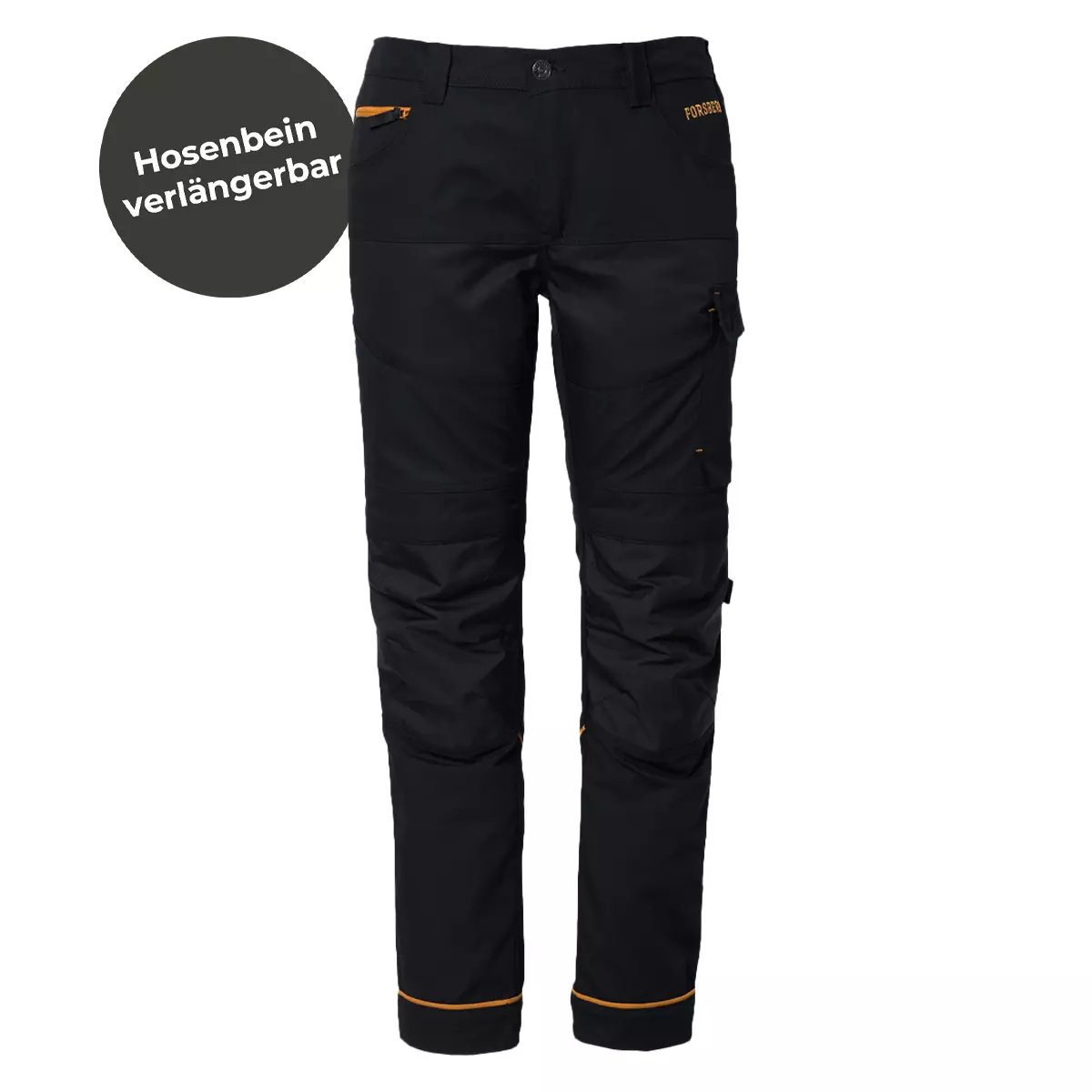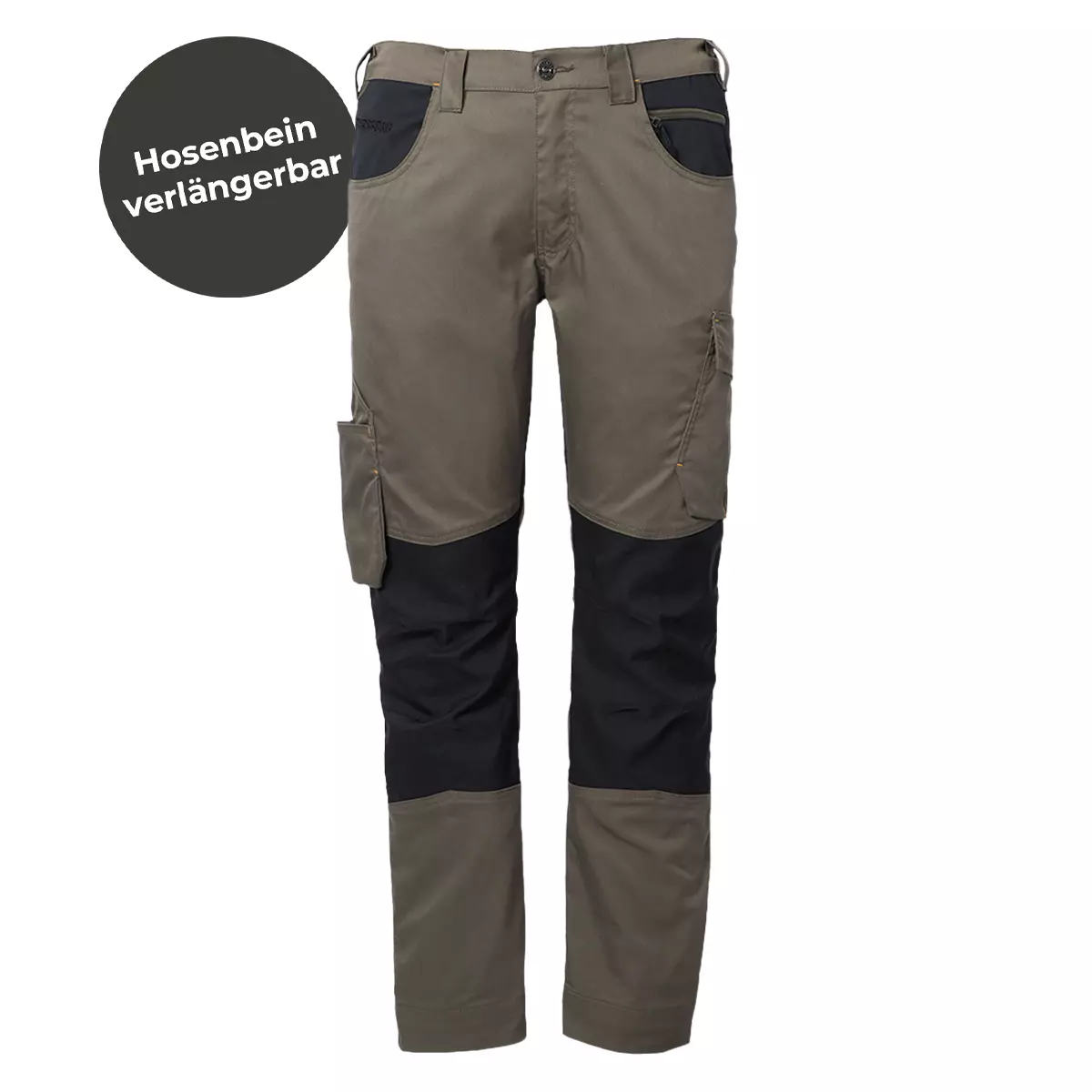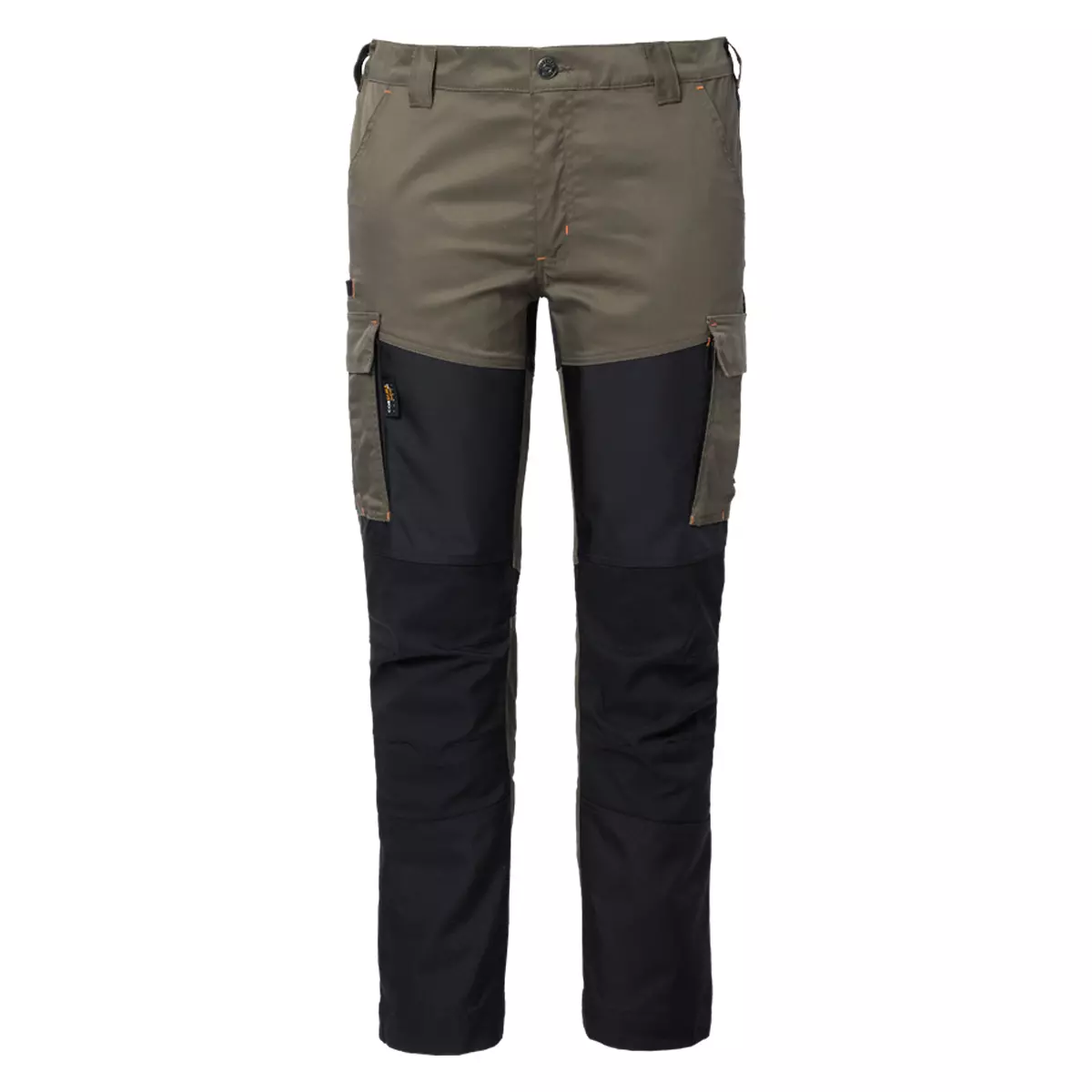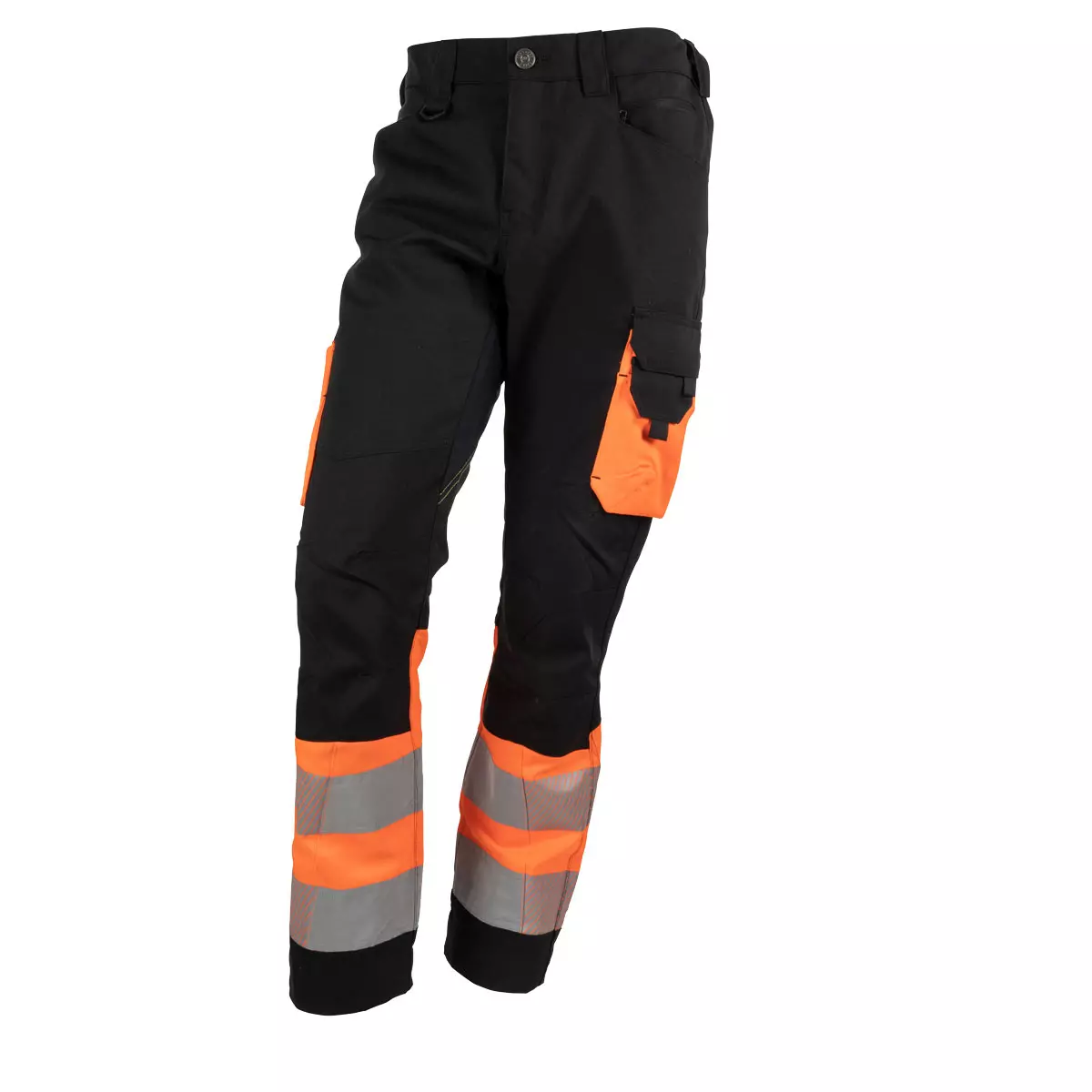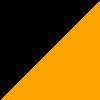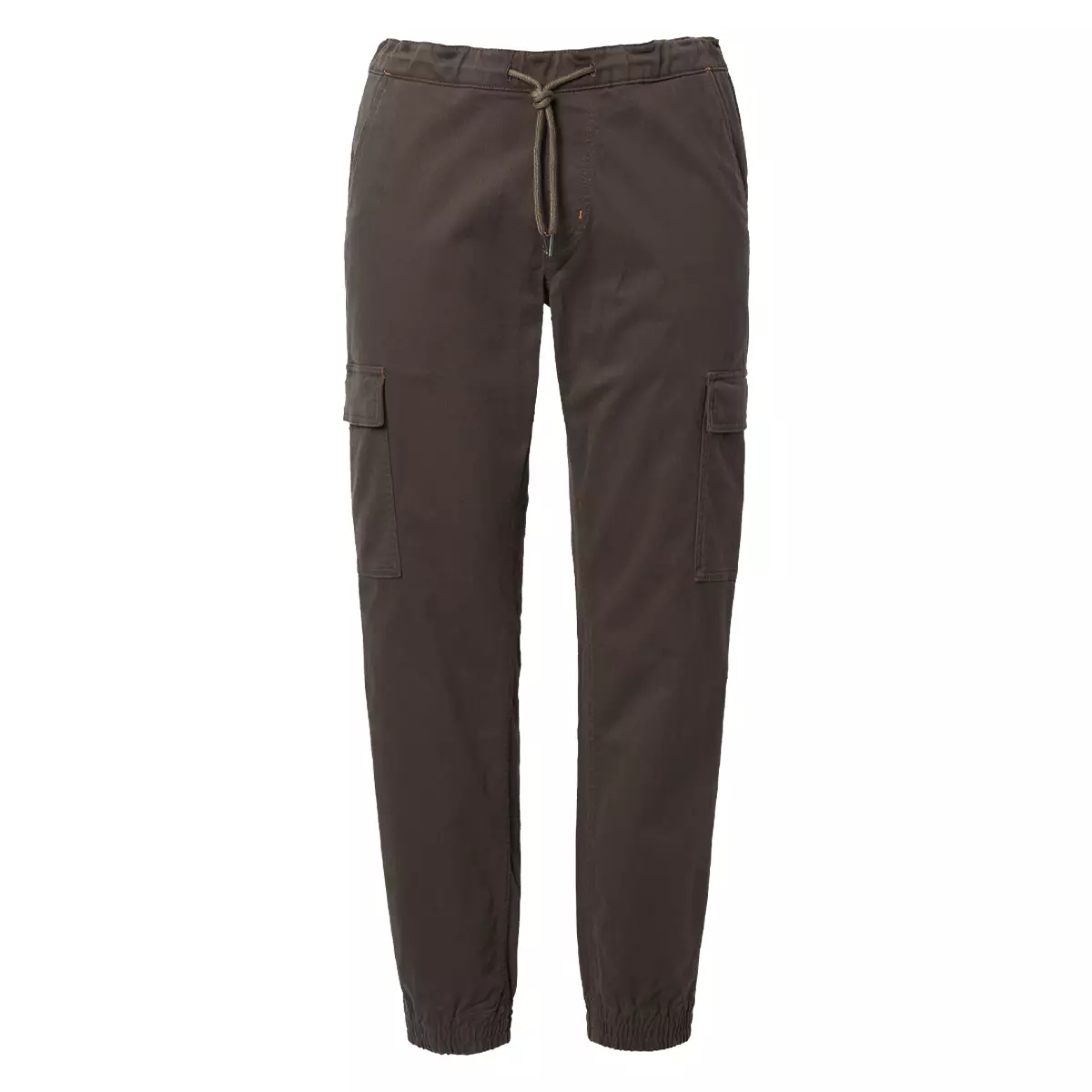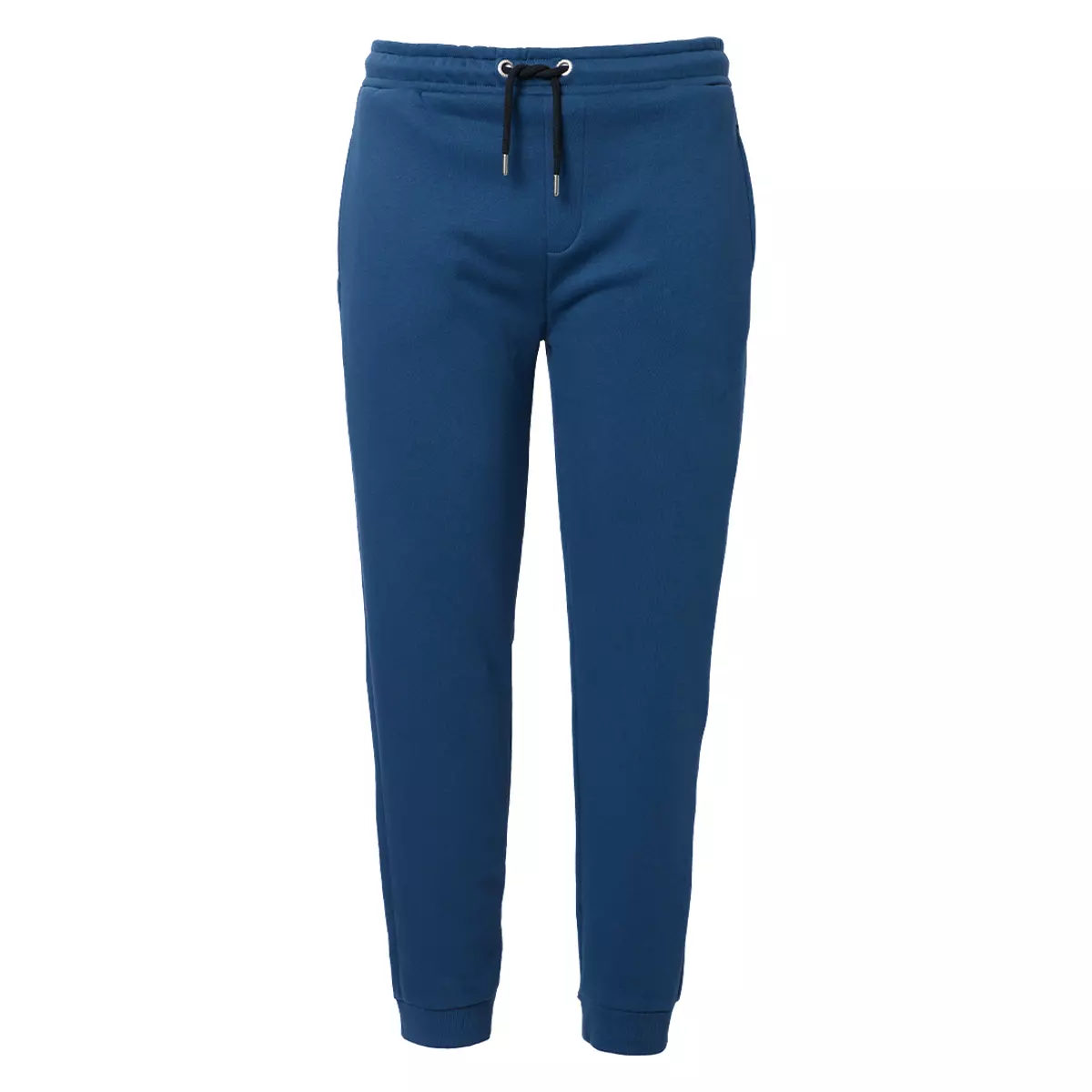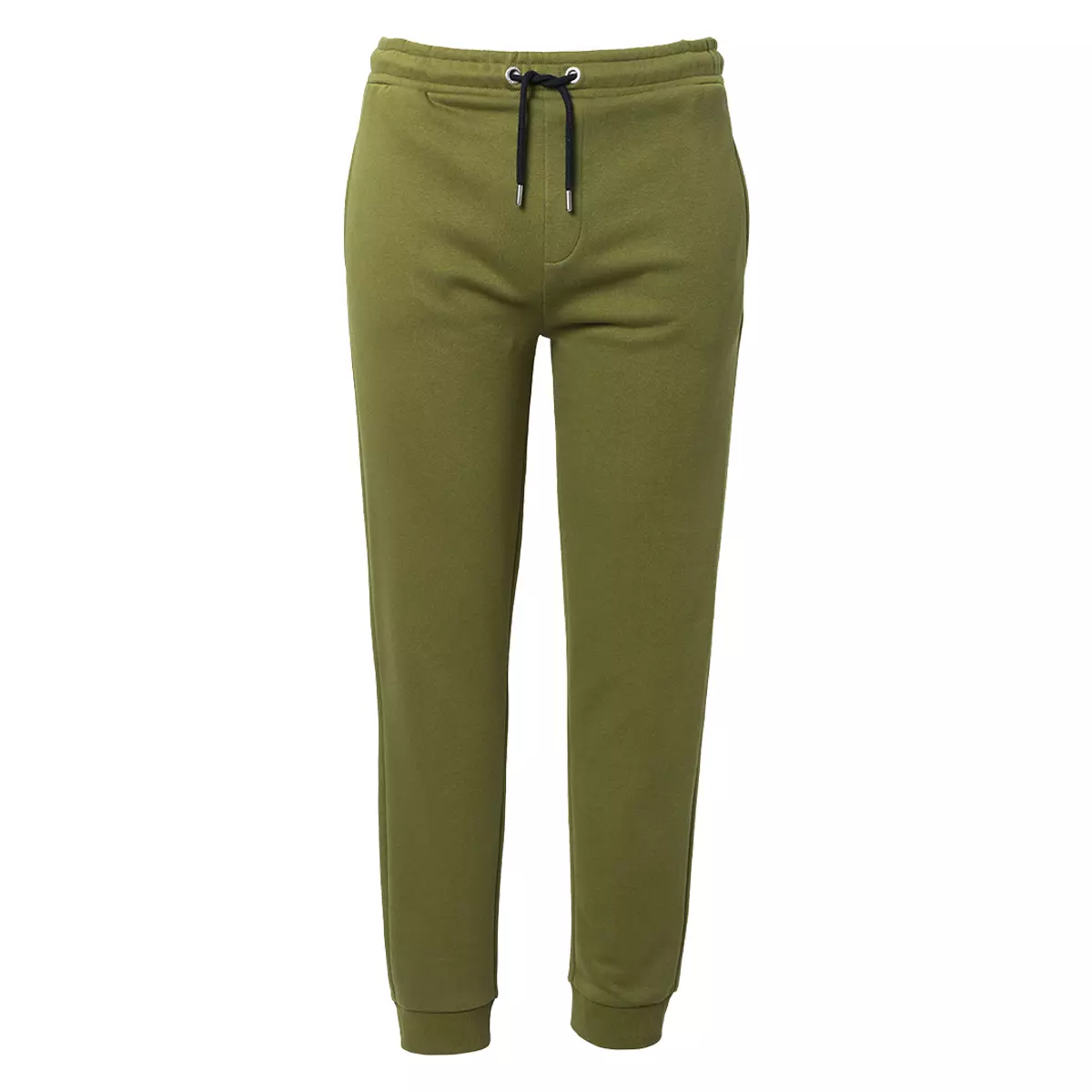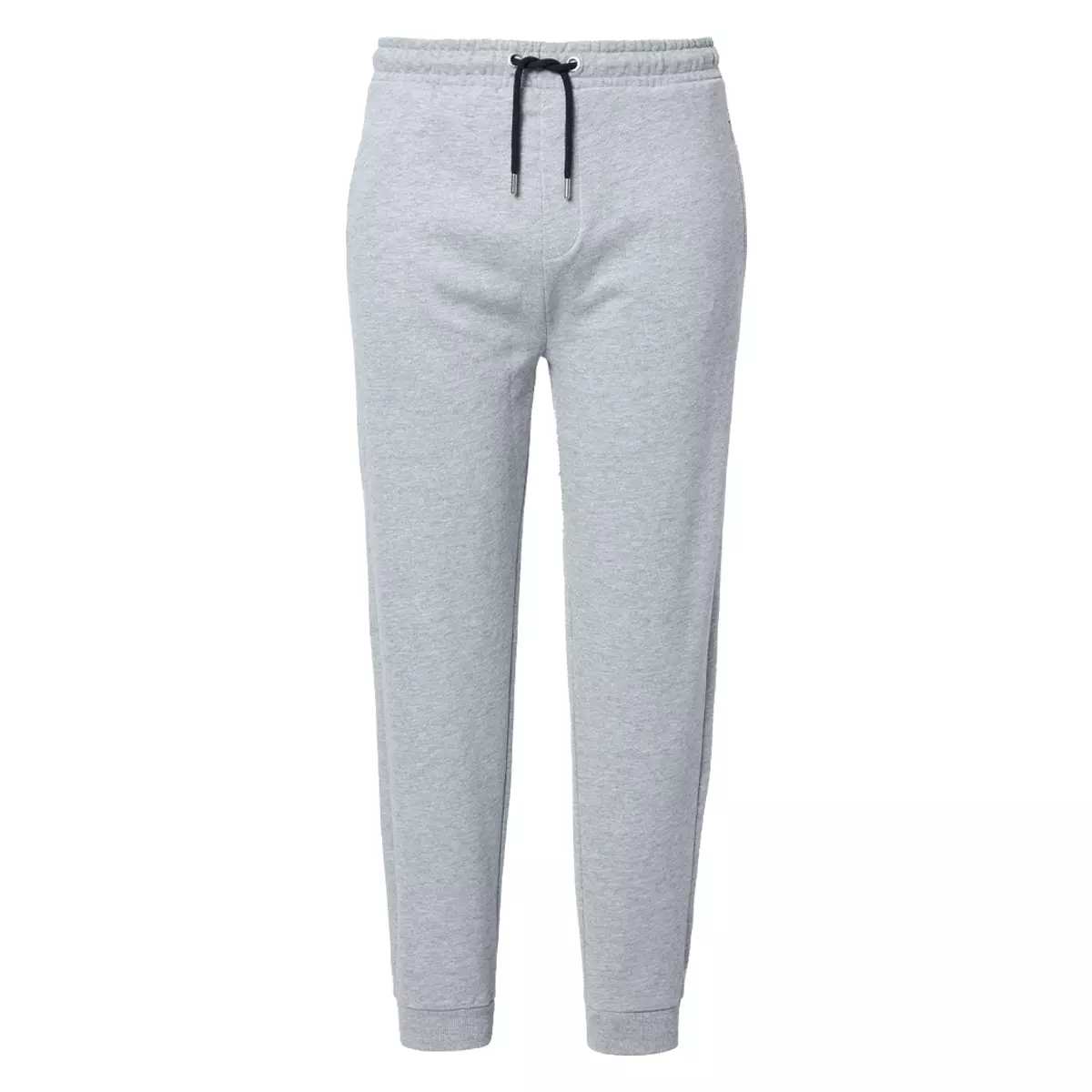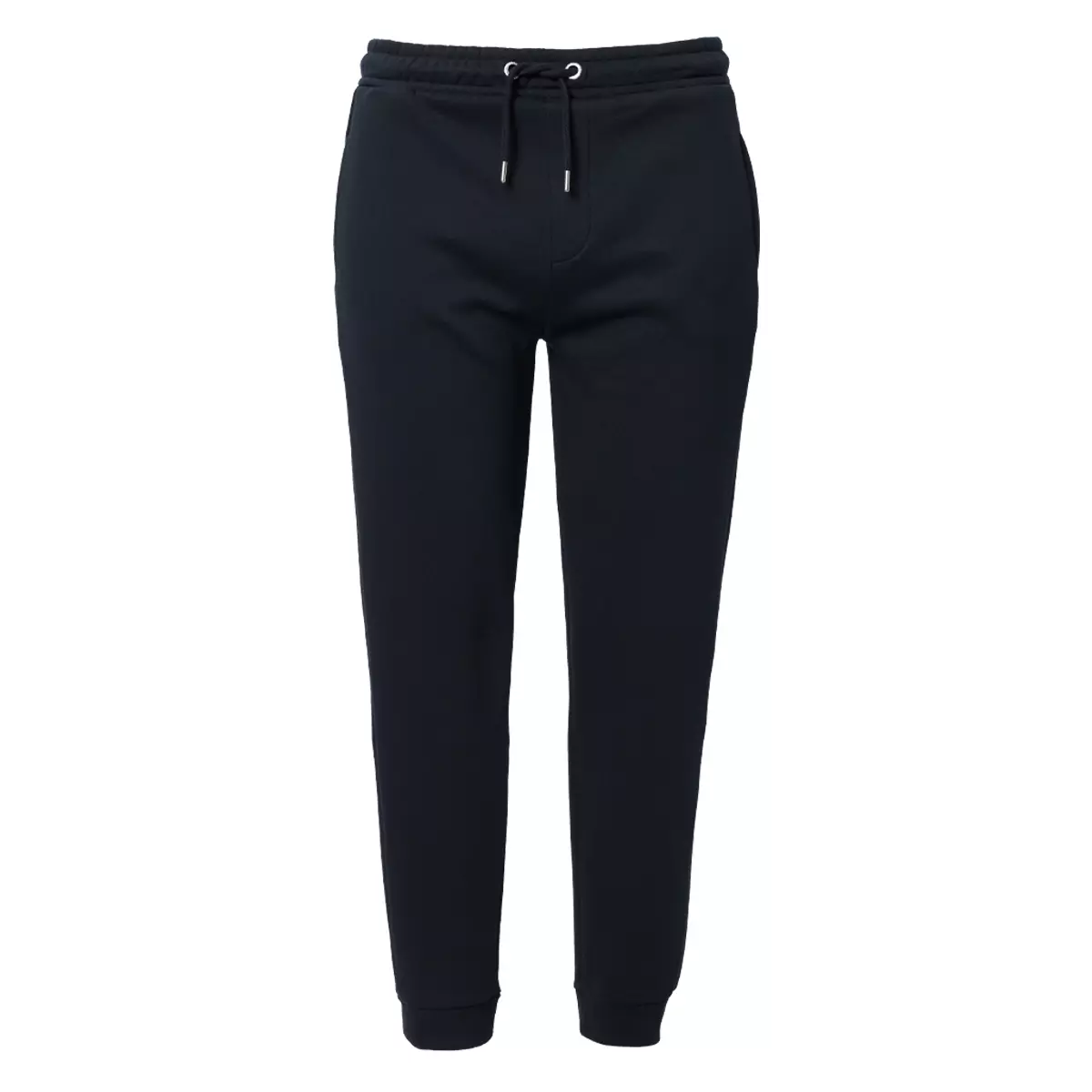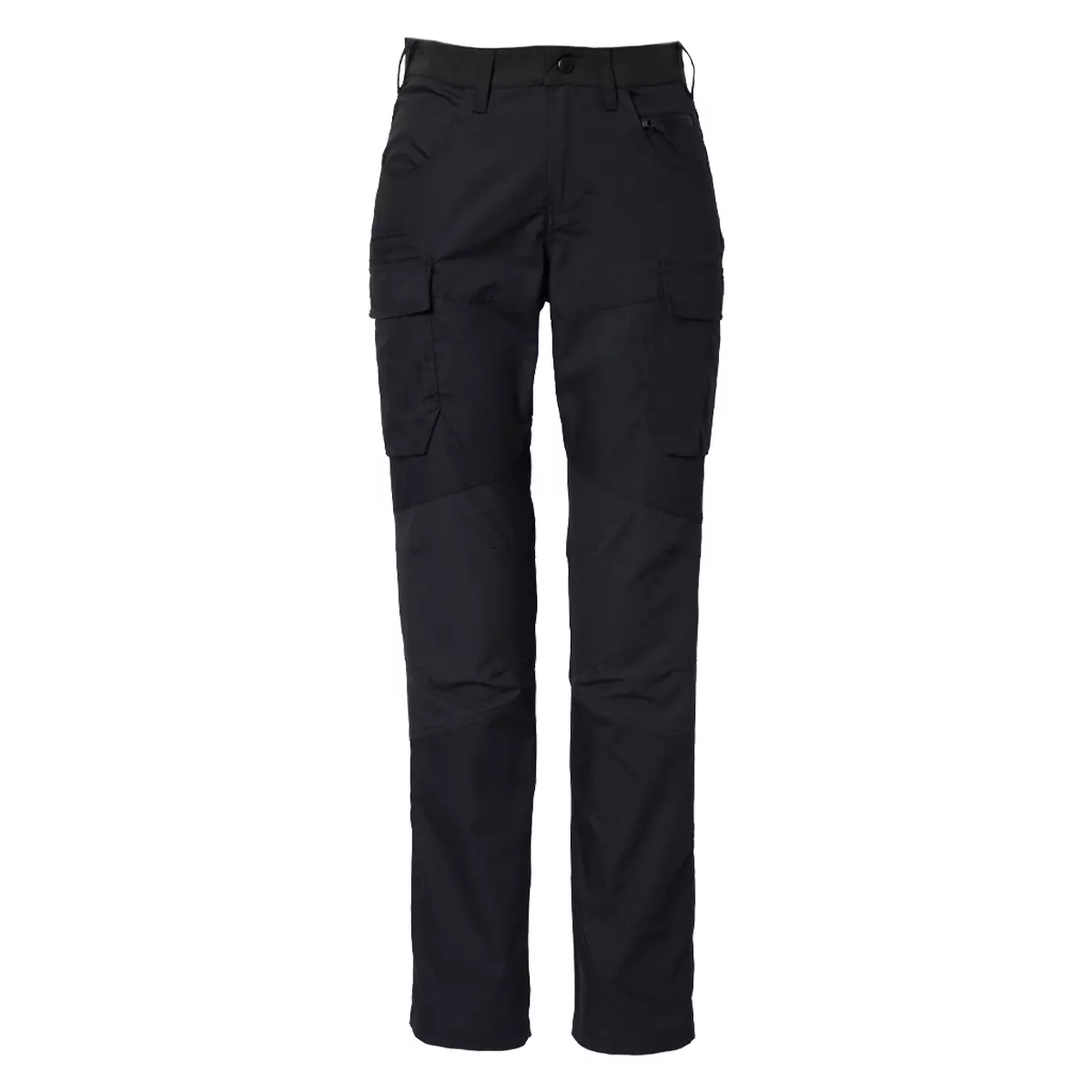Trousers – Overview & Buying Guide
Why work trousers?
"Hosen" is the German word for trousers or pants; in this category it covers work trousers designed for professional use: from durable trade pants and traditional zünftige (guild) trousers to bib overalls, thermal trousers and cut‑protection models. Their purpose is straightforward: protect the wearer, provide practical storage for tools and allow full freedom of movement during long shifts.
Typical uses include construction, carpentry, mechanical workshops, gardening and outdoor maintenance. The target group ranges from craftspersons and site managers to service technicians and gardeners. Key benefits are protective features (cut protection, abrasion resistance), comfort (stretch panels, ergonomic cuts) and longevity (reinforced knees, CORDURA® reinforcements). For a compact overview of models and specifications we used the product information on https://www.forsberg.works/de/hosen as a starting point.
Which materials and technologies matter for trousers?
Work trousers combine fabrics and technologies tuned to the job. Important features you will encounter:
- Hard‑wearing outer fabrics: blends of cotton with nylon or polyester deliver strength and a comfortable hand. CORDURA® reinforcements are common in high‑wear areas (knees, seat, pocket edges).
- Stretch zones: Elastane‑based or XLA stretch panels at the crotch, back and inner thigh increase mobility and reduce strain when bending or climbing.
- Membranes and water resistance: Durable water repellent (DWR) finishes and PU coatings make trousers water‑resistant. Fully waterproof constructions use laminated membranes (e.g. GORE‑TEX® or similar). Typical water column values for water‑resistant work trousers range from 5,000–10,000 mm for everyday protection to >20,000 mm for fully waterproof garments — always check the product page for exact figures.
- Cut protection: For chainsaw work or when using sharp tools there are cut‑resistant layers certified to EN standards. These are usually integrated into the front leg area and should be checked regularly for wear.
- Insulation: Thermo‑lined trousers use synthetic padding or fleece linings for cold environments. Many offer removable liners so one pair works across seasons.
Examples from the Forsberg assortment (source: https://www.forsberg.works/de/hosen):
- FORSBERG™ Braxa Work Trouser — Stretch zones with XLA fibres, CORDURA® reinforcements at knees and pockets; described on the product page as robust and durable (manufacturer information / Forsberg product page).
- FORSBERG™ Braxa Short — Short version with the same stretch architecture for warm weather work (Forsberg product page).
- CUT‑PROTECTED bib models — specified for mechanical and forestry work; check certification labels on product pages (Forsberg product pages / manufacturer info).
- PU and DWR finishes — Forsberg pages list care instructions and recommend re‑impregnation to maintain water repellency (see care section and product pages on https://www.forsberg.works/de/hosen).
Construction note: two‑layer garments (face fabric + membrane) are lighter and easier to care for. Three‑layer constructions (face fabric + membrane + inner lining) are more durable and often used in professional waterproof trousers.
How to care for and maintain your trousers
Good care extends life and performance. Follow these steps:
- Preparation: Close zips, fasten buttons and Velcro. Empty pockets and remove loose debris with a soft brush. Check knee pad pockets and remove pads if the washing instructions require it.
- Wash: Use a technical detergent made for outdoor or waterproof clothing (no fabric softener). A gentle machine wash at 30–40 °C on a delicate programme is usually sufficient. Always follow the care label on the product page at https://www.forsberg.works/de/hosen.
- Re‑impregnate: After several washes renew the DWR finish with a spray or wash‑in impregnation product. Apply according to the product instructions.
- Activate DWR: Many impregnations require heat to activate. Tumble on low for 10–20 minutes (if the care label allows) or briefly iron through a thin cloth on a low setting. Do not exceed temperatures recommended by the manufacturer.
- Dry and store: Dry trousers in a ventilated area out of direct sunlight. Store folded or on a hanger in a dry place. Avoid damp basements or direct heat sources like radiators.
- Small repairs: Patch small holes with repair tape or fabric patches. Replace worn knee pads and repair seams with seam sealer or have them professionally stitched if they carry significant load.
Practical tips from Forsberg product advisors: test any new impregnation on a small area first; remove oil and grease stains promptly with an appropriate degreaser; and maintain mechanical parts (zips, snaps) with a drop of lubricant to prevent failure on site.
Application examples
Carpenter on a renovation site: Maria wears a FORSBERG™ Braxa with stretch zones and removable knee pads. During the day she moves between sawing, measuring and fitting. The stretch panels prevent chafing while the multiple pockets keep her tape measure and pencil to hand. Reinforced knees protect against abrasion. At lunchtime she changes into a dry, heat‑activated layer after a spill and continues work comfortably.
Mechanic in the garage: Ahmed chooses a cut‑resistant, oil‑resistant trouser with CORDURA® reinforcements. The bib model keeps his tools within reach. The water‑repellent finish sheds light rain, and the robust fabric resists sparks and abrasion from workshop floors.
Top brands & models in comparison
The table below compares representative items from the Forsberg trousers range with common market alternatives. Price ranges are approximate; performance data are taken from manufacturer specifications or typical industry values. Sources are noted per row.
| Brand | Model | Technology / Material | Performance (water column / breathability) | Price range (€) | Source / Experience |
|---|---|---|---|---|---|
| FORSBERG™ | Braxa Work Trouser | XLA stretch zones, CORDURA® reinforcements | Water‑resistant finish; breathable panels (manufacturer info) | ~€60–€100 | Forsberg product page / in‑house testing |
| FORSBERG™ | Braxa Short | Short work pant, stretch zones, reinforced pockets | Light water repellency; high mobility | ~€50–€80 | Forsberg product page |
| FORSBERG™ | Professional Bib / Latzhose | Cut‑resistant options, multiple pockets, knee pad pockets | Varies by model; some offer cut protection to EN norms | ~€80–€140 | Forsberg product pages / customer feedback |
| Engelbert Strauss® | Work Trousers Pro | Cotton blend, reinforced knees, optional knee pads | Water column typically ~5,000 mm (manufacturer spec) | ~€70–€130 | Manufacturer specification / market comparison |
| Fristads® | Trade Trouser | 2‑layer construction, Ripstop, PU coating | Water‑resistant to ~10,000 mm; good breathability (typical) | ~€80–€150 | Manufacturer data / independent reviews |
| Carhartt® | Traditional Work Pants | Heavy duck cotton, triple‑stitching, CORDURA® reinforcements | Not specifically waterproof; highly abrasion resistant | ~€90–€160 | Manufacturer info / product tests |
Fair comparison note: competitor models are shown to give context. The Forsberg line offers a focused selection combining stretch, reinforcement and practical pocketing at competitive prices — a strong price‑to‑performance balance for everyday professional use.
Frequently Asked Questions (FAQ)
Are work trousers with CORDURA® really more durable?
Yes. CORDURA® reinforcements in high‑wear areas increase abrasion resistance and extend the usable life of trousers compared with plain cotton blends.
How do I know if trousers are cut‑protective enough for chainsaw work?
Check the product certification on the label: chainsaw protection trousers are tested to EN standards and state the protection class. Only wear certified cut‑protective trousers for chainsaw work.
Can I wash trousers with waterproof membranes in the washing machine?
Usually yes, but use a technical wash product and a gentle programme. Avoid fabric softeners. Follow the care label and re‑impregnate when water no longer beads off.
When should I replace knee pads?
Replace knee pads when they show signs of compression, tearing or when the protective function decreases. Removable pads can be inspected and replaced easily.
What is the difference between 2‑layer and 3‑layer constructions?
Two‑layer garments have a face fabric and membrane; they are lighter and often more affordable. Three‑layer constructions add an inner lining bonded to the membrane, improving durability and comfort for professional, long‑term use.
Are there trousers that work year‑round?
Yes. Look for models with removable thermal liners or choose a breathable base model for summer plus a detachable insulating layer for winter.
How do I choose the right fit?
Choose a fit that allows movement without excess fabric. Ergonomic cuts and stretch panels help. Refer to the size guide and try on with safety boots if possible.
Images (placeholders)
- [IMAGE: Typical work trousers in use, carpenter kneeling on site — Alt: "Carpenter wearing work trousers with knee pads" | Source: Forsberg.works / https://www.forsberg.works/de/hosen]
- [IMAGE: Detail of CORDURA® reinforced knee area — Alt: "Close‑up of reinforced knee with CORDURA®" | Source: Forsberg.works / https://www.forsberg.works/de/hosen]
- [IMAGE: Application scene: mechanic at a garage wearing bib overalls — Alt: "Mechanic in bib overalls with tool pockets" | Source: Forsberg.works / https://www.forsberg.works/de/hosen]
All brand marks and product data reference the product information on https://www.forsberg.works/de/hosen unless otherwise stated.
For further reading, see our articles: How to care for work trousers and Fit & sizing guide on the Forsberg site.
Browse our selection of trousers and find the perfect product for your needs.

